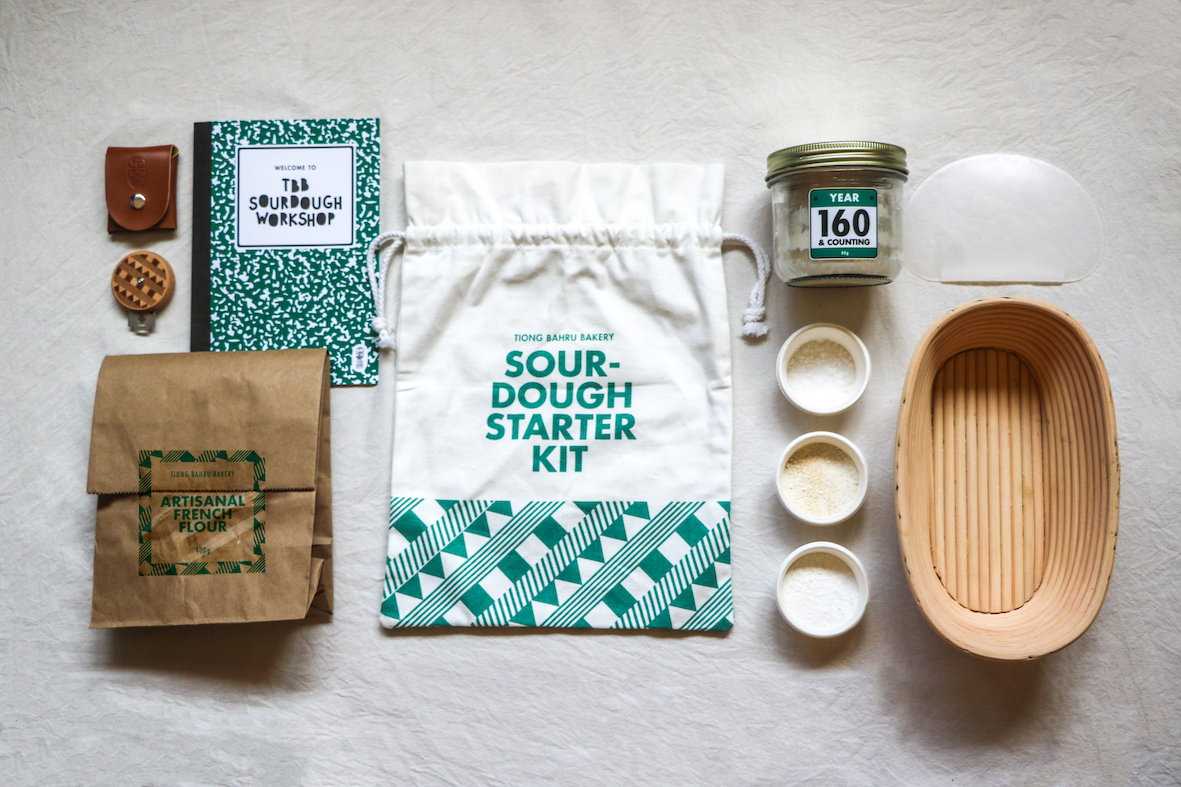We share some tips that we picked up from the new Sourdough Workshop by Tiong Bahru Bakery
This story was first published on October 21, 2021, and updated on March 30, 2022.
National Sourdough Bread Day 2022 falls on April 1. As many bakers know, the world’s oldest leavened bread is one of the hardest and most time consuming foods to make. It is no wonder it takes many years to master the art of sourdough making, which involves proofing the dough at the right temperature and folding the dough correctly. While it may seem like an intimidating process to do, especially at home, the results are worthwhile.
That said, we sought the help of Tiong Bahru Bakery’s chef Paul Albert at his sourdough workshop on how we can up our game in baking sourdough at home. Here are his tips:
Don't miss: Where To Find The Best Baguette In Paris


1. Temperature
Finding the ideal temperature to proof your sourdough for predictable and consistent results may be challenging, especially in Singapore’s unpredictable weather. Nevertheless, it is an important factor when it comes to preparing the dough.
Ideally, dough should be fermented and proofed between 24 to 30 degrees Celsius, as it is the temperature which yeasts work well at, to provide a loaf with mild sourness. However, as temperature can affect the flavour of the bread—at higher temperatures, the dough produces lactic acid, which gives the bread a more sour flavour, while lower temperature results in the production of acetic acid, giving a more tang flavour to the dough—the temperature at which you proof your dough can change depending on your sourdough preference.
In case you missed it: Cheryl Koh Teams Up With The Fullerton Hotel For an Exclusive Tart Collection



